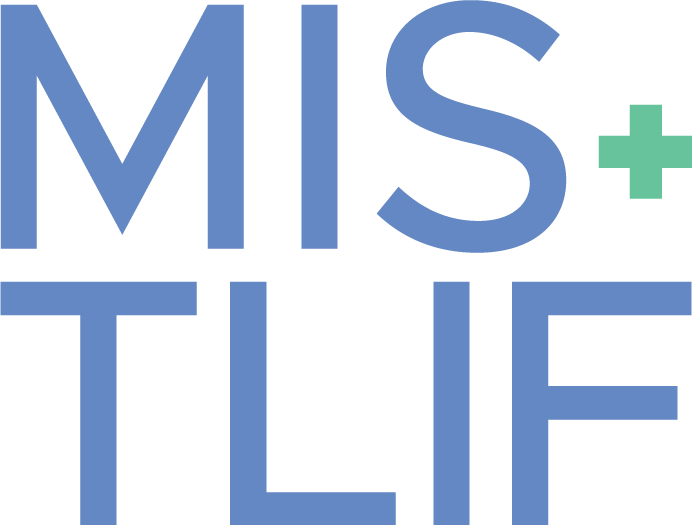Anterior Cervical Discectomy and Fusion (ACDF) addresses conditions affecting the cervical spine, the section of the spine located in the neck.
Anterior Cervical Discectomy and Fusion (ACDF) for Cervical Spine
Overview of ACDF
This procedure is commonly indicated for spinal conditions that result in pain, weakness, or numbness in the neck and arms due to nerve or spinal cord compression. Conditions frequently treated with ACDF include cervical degenerative disc disease, herniated disc, cervical stenosis, and spondylosis.
Key Components of ACDF
Anterior Approach: The surgery is conducted from the front (anterior) of the neck. This approach enables the surgeon to access the cervical spine without disturbing the spinal cord or the strong neck muscles at the back.
Discectomy: This involves the removal of a damaged or degenerated intervertebral disc to relieve pressure on the spinal cord and nerve roots.
Fusion: Post discectomy, the space between the vertebrae is fused using a bone graft and metal implant. The graft aids in the healing and fusion of the bones over time. A metal implant serves as a wedge to open up the disc space, to restore alignment and height of the holes on the side of the spine to aid in unpincing the nerves. The metal implant is porous and allows the bony vertebrae to grow into the implant. Thus instead of waiting for bone to grow completely across the disc space, osseointegration will enable much faster healing. With the weakened segment more stable, the nerves and spinal cord are protected from futher insults.
Recovery and Outcomes
Recovery from ACDF varies based on the nature of the pathology. Most often these days, the pathology is very chronic. Instead of a soft disc rupture, most patients have bone spurs and calcified disc ruptures, often at more than one level. In this scenario, postoperatively I expect some early improvement in severe nerve pain down the arm and tingling, but numbness, achiness, and weakness will require the nerve to heal. Spinal nerves are capable of regeneration, but this is a slow process. Therefore, complete recovery and fusion can take several months. Physical therapy is commonly recommended to enhance neck strength and flexibility.
Indications for ACDF
ACDF is typically advised when conservative treatments, such as physical therapy and cervical traction fail to alleviate symptoms, or when symptoms are severe and worsening. If symptoms of spinal cord impingement, or myelopathy, are present, surgery may be recommended on a more urgent basis.
Safety and Efficacy
ACDF is generally considered a safe and effective treatment for cervical spine conditions causing nerve or spinal cord compression. However, as with any surgery, it carries risks and potential complications, which should be thoroughly discussed with a healthcare provider.

